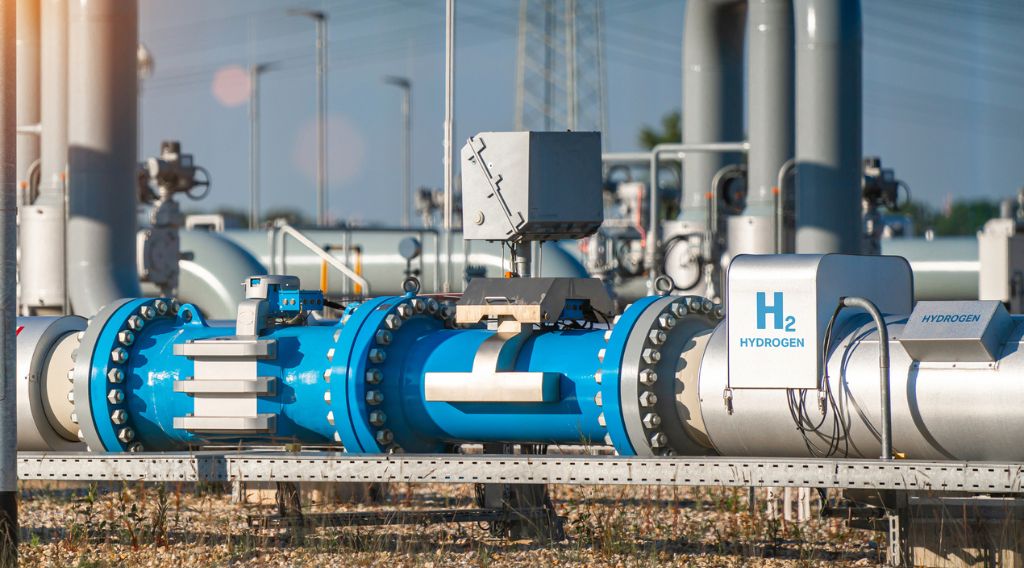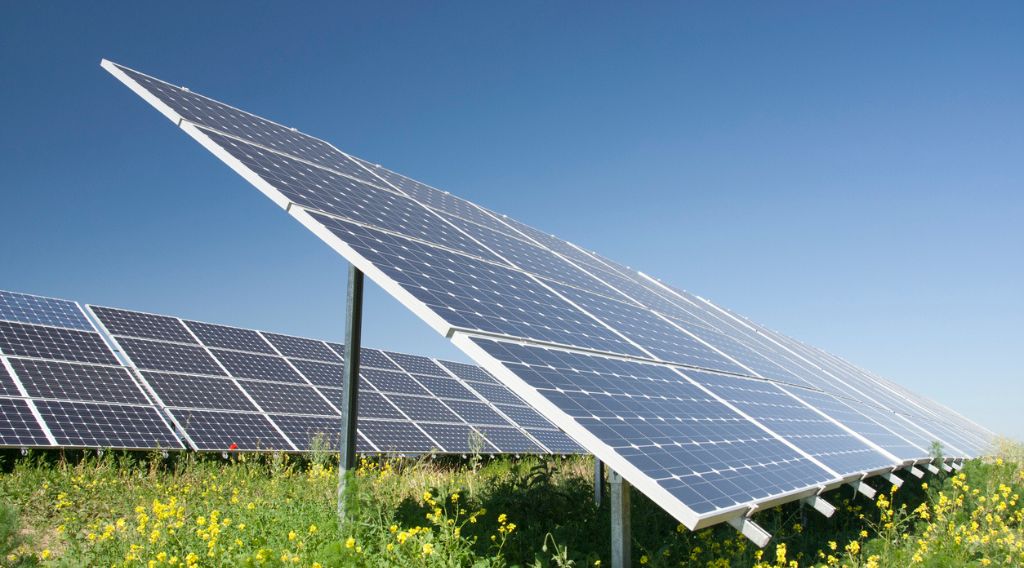
A new report lays out how Minnesota can link solar power with electric vehicle (EV) charging and enable the state to maximize both technologies’ broad benefits. Leading a project team that included utilities, EV and solar industries, local governments, state agencies, and clean energy advocates, the Great Plains Institute developed the report on capturing the synergies that can be realized through solar plus EV applications. The report presents the detailed case for solar plus EV synergies, the barriers and opportunities for capturing them, and the needed next steps for a market transformation effort.
Key takeaways:
- Solar resources can offset daytime EV charging load without the need for batteries or other storage investments if the two are deliberately synchronized.
- Applications are routinely available as part of EV supply equipment to match charging with on-site or off-site solar array production while maximizing value to EV site owners or the distribution grid.
- Existing EV market transformation programs and rates are not currently aligned to capture the benefits of solar plus EV applications.
From 2018-19, the Great Plains Institute led a Minnesota team investigating technical and economic opportunities for integrating solar energy production with EV charging. This effort was part of the Solar Energy Innovation Network run by the National Renewable Energy Laboratory and funded by the US Department of Energy’s Solar Energy Technology Office.
The project had several objectives:
- Demonstrate the technological viability of synchronizing EV charging to the output of specific solar installations (either on-site or remote).
- Conduct economic optimization and evaluation of on-site technologies, including solar deployment, managed and unmanaged charging, battery storage, and other building loads.
- Assess the technical and economic market opportunity for a variety of solar plus EV use cases.
- Engage a wide variety of stakeholders to assess the opportunities for and barriers to solar plus EV deployment.
- Consider the societal value stack for solar plus EV applications, looking at the customer (behind-the-meter) scale, potential distribution grid benefits, and bulk power system benefits.
To achieve Minnesota’s 20 percent by 2030 deployment goals for EV market expansion, the National Renewable Energy Laboratory estimates that as many as 30,000 non-residential Level 2 chargers will be needed in just the Twin Cities metropolitan area. These non-residential chargers are an essential part of meeting the charging needs for Minnesota’s EV drivers, and critical to encouraging greater EV adoption. These chargers will be used primarily in the daytime—at workplaces, in public parking lots, at destination businesses—supplementing the home charging for some Minnesotans, and enabling households without home charging opportunities (as many as 20 percent of households) to buy and use EVs. To achieve Minnesota’s goals for reducing transportation GHG emissions, the chargers need to be powered by carbon-free electricity.
Opportunities for linking solar energy production with daytime EV charging
The report, Solar Power + Electric Vehicle Charging: Capturing Synergies in Minnesota, was recently released for publication by the US Department of Energy and can be accessed on GPI’s website. The report looks at the technological, economic, and market opportunities for directly linking daytime EV charging to solar energy production (often referred to as synchronization).
Critical findings include the following:
Solar resources are easily sufficient to offset daytime EV charging load without the need for batteries or other storage investments if the two are deliberately synchronized. Potential benefits of synchronization include:
- reducing or eliminating demand charges for EV chargers deployed at workplaces, institutions, public parking, and destination businesses;
- reducing or eliminating capacity and overload risks on distribution grid components as EV charging becomes commonplace; and
- enabling higher utilization of solar energy on the bulk power system.
Synchronization technologies are routinely available in EV supply equipment, and can successfully modulate charging to match charging with on-site or off-site solar array production that can maximize value to EV site owners or the distribution grid. (Learn more in our post, “Managed Electric Vehicle Charging Benefits Tested in Solar Synchronization Pilot”)
Daytime Solar Synchronization with Electric Vehicle Charging at GPI’s Headquarters

Source: GPI analysis of the solar synchronizing technology demonstration project at our headquarters. Note: This figure of a mostly cloudy day with intermittent solar production shows how the workplace EV charging follows the on-site solar production at GPI’s headquarters. Some mismatch of charging is shown because the charging data is at five-minute intervals and the solar production is at one minute.
Existing EV market transformation programs and rates are not currently aligned to capture the benefits of solar plus EV applications. At the customer scale, these applications must be on the same physical meter to create incentives for reducing EV-driven demand peaks on either the bulk power system or the distribution system. In state and local policy, the “solar plus” opportunity with EV charging is rarely considered, leading to increased risk to the distribution grid and loss of opportunity to capture synergies. The private sector (the solar industry and electric vehicle supply industry) operate in separate markets, and largely do not have value-added products to offer to customers.
Next steps for a market transformation effort
The report identifies market transformation steps for the solar and EV industries, local government, state government, utilities, and regulators. Examples include the following:
- Changing EV-specific utility rate structures and programs will allow co-located and synchronized “solar plus” applications, and the capture of distribution system benefits.
- Recognizing the value of solar plus EV applications in state incentive programs and regulatory policy.
- Working with the solar industry to develop solar plus EV product offerings that provide a market push for expanding deployment and building a self-sustaining market.
Expanding “solar plus” solutions
GPI is continuing to work on the opportunity for “solar plus” solutions (e.g., solar plus agriculture) to create more value from growing solar energy deployment. The solar plus EV opportunity is part of the portfolio of solutions to the growing recognition that EV charging has consequences for the distribution grid and the bulk power system. Integrating distributed flexible load, such as EV charging, with intermittent generation, such as solar and wind, is a win-win solution.
Learn more about solar synchronization with EV charging in our blog post series that analyzes results from a workplace charging pilot project.


